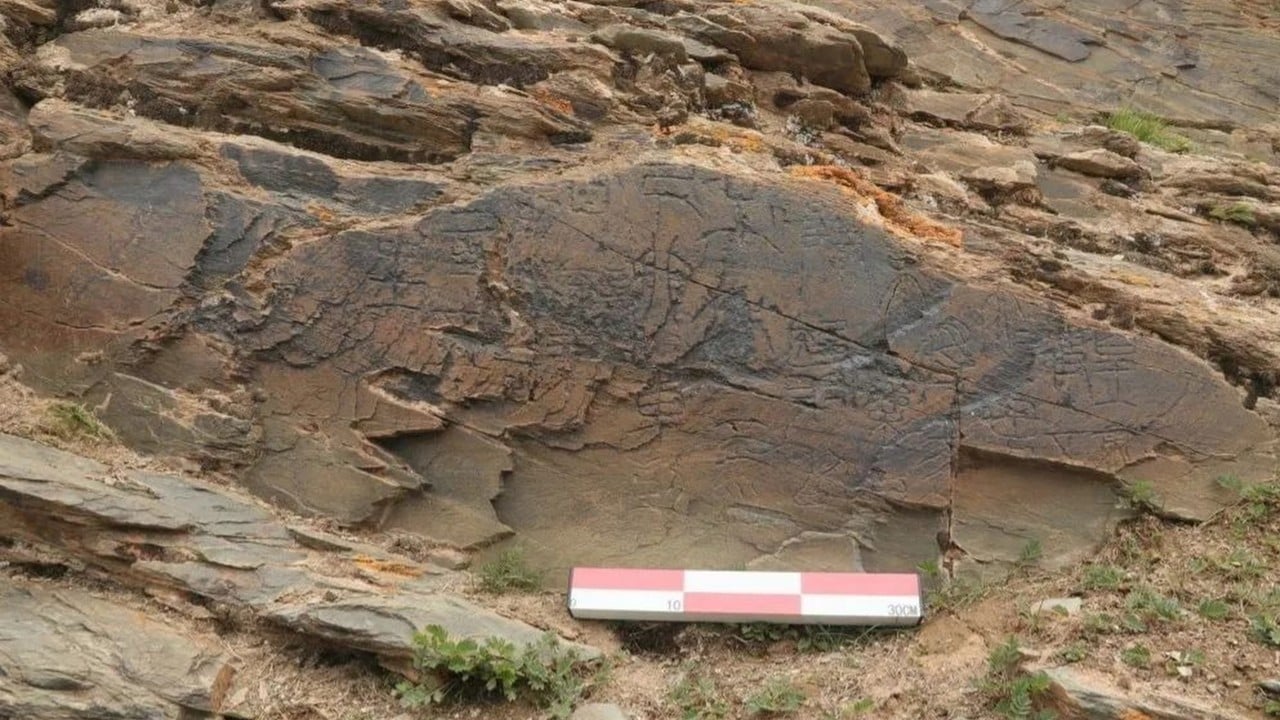Published: 9:40pm, 16 Sep 2025Updated: 9:55pm, 16 Sep 2025
A stone inscription found on the Tibetan Plateau recording a hitherto unknown expedition sent by China’s first emperor Qin Shi Huang in 210BC is genuine, China’s National Cultural Heritage Administration has concluded.
Advertisement
The carving had triggered a heated debate about its authenticity after its discovery was announced in June. Sceptics suggested it may be a modern forgery and questioned if it was possible to travel to the plateau given the generally harsh conditions.
But Deng Chao, an official from the state heritage body, said the inscription had been authenticated after a field investigation in the Kunlun Mountains that used advanced equipment to study the carving, which was found at a site 4,300 metres (14,000 feet) above sea level near Gyaring Lake near the source of the Yellow River.
The carving, written in the ancient small seal script, read: “The emperor commanded level five grand master Yi to lead a group of alchemists here to collect yao.”
Yao is a term that could refer to herbs, animals or minerals with healing power – but it could also mean the elixir of life.
Advertisement
The inscription also said the group had travelled by carriage to the mountain and had reached Zhaling Lake in Qinghai in the third month of the ancient Chinese calendar in the 37th year of Qin Shi Huang’s reign.

